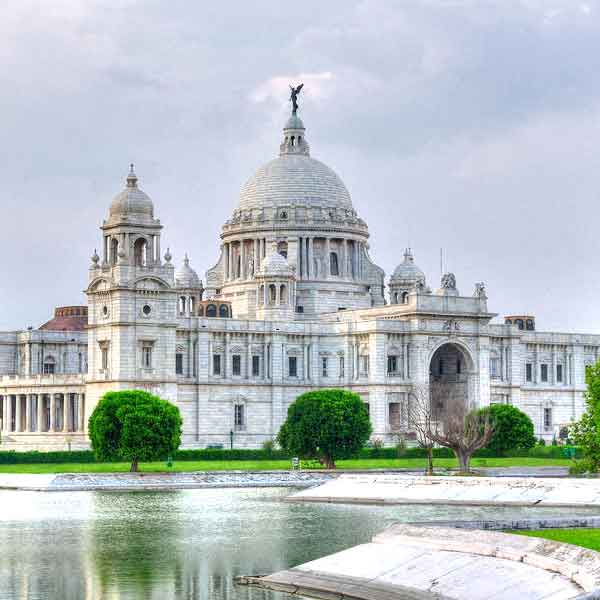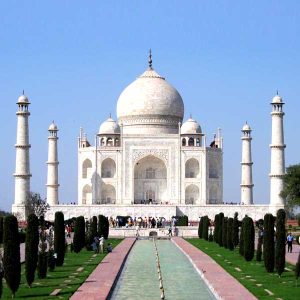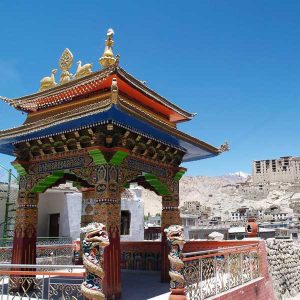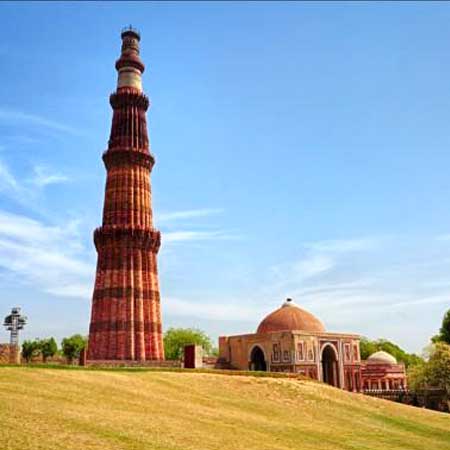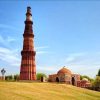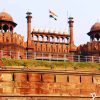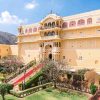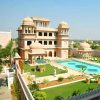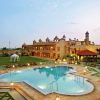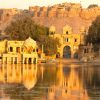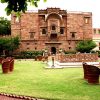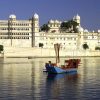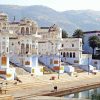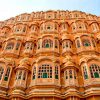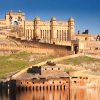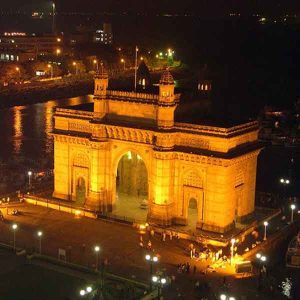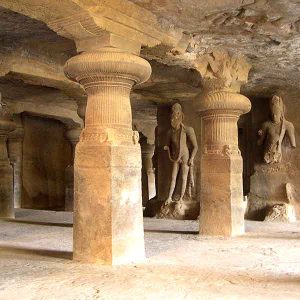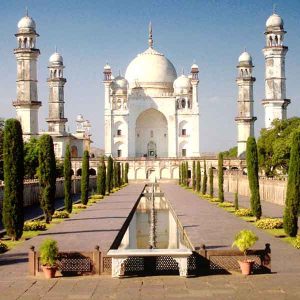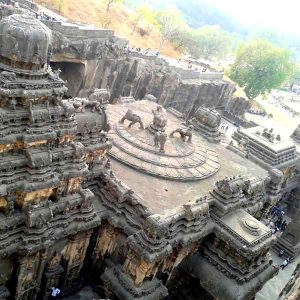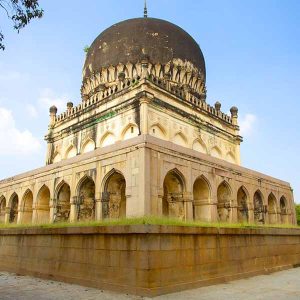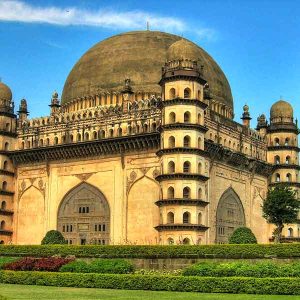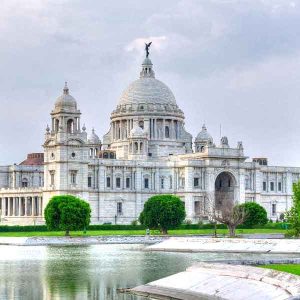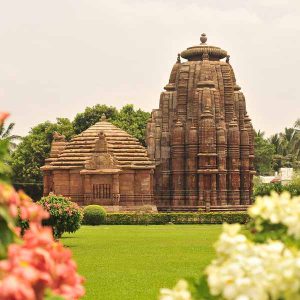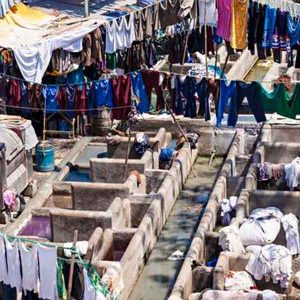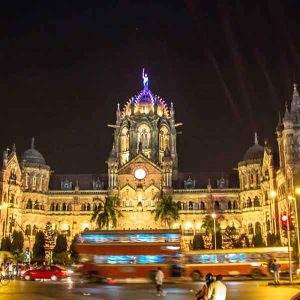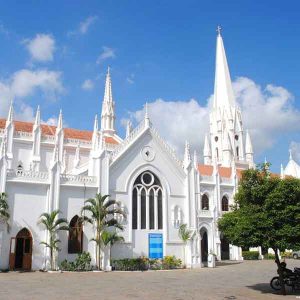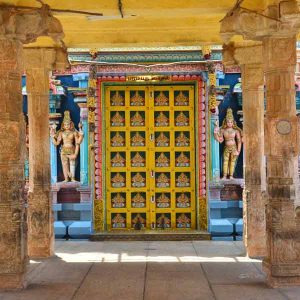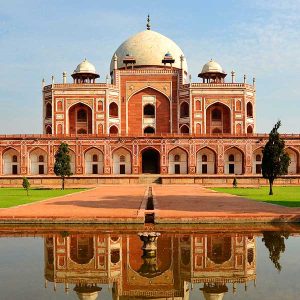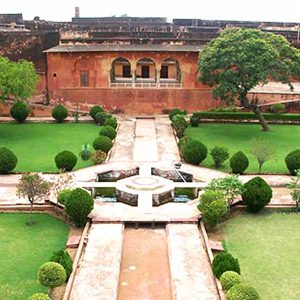Day 01: Arrive Delhi
Meeting and assistance on arrival and transfer to the hotel. Rest of the day at leisure.
Day 02: Delhi.
Sprawling on the banks of the river Yamuna, Delhi, the capital of India, typifies the soul of the country. The city conceals within its bosom the remains of civilization that flourished over the last three thousand years. Since those legendary days, many dynasties and rulers have flourished on its regal soil. The legacy of that past survives in the many monuments left behind by the regents.
Full day sightseeing tour of Old and New Delhi.
Old Delhi tour, constitutes of Red Fort built by Emperor Shahjehaan in 1638 AD, Jama Mosque largest mosque in India also built by Shahjehaan, and drives past Chandni Chowk, the main congested shopping hub of Old Delhi.
New Delhi visit includes Qutab Minar, one of the earliest remains of Imperial Delhi (13th century AD ) Humayun’s Tomb-the fine monument believed to be forerunner of Taj Mahal, India Gate, the 42 metre high arch was raised as a memorial to soldiers, drives past Parliament House, President’s House, Secretariat Buildings, and the Connaught Place. Overnight in Delhi.
Day 03: Delhi-Samode drive, 250 km/4 hours.
In the morning, drive to Samode Palace. On arrival, check-in at the hotel.
Samode Palace history goes back more than four and half centuries. Prithviraj Singhji of Amber, the seventeenth prince of the house of Kachhawaha Rajputs, had awarded Samode to one of his twelve sons-Gopal Singhji along with the hereditary title of Rawal Saheb. Nestled picturesquely on rugged hills, Samode Palace with its stately grandeur and frescoed walls is one of the most impressive small places in whole of Rajasthan. The palace is full of architectural delights – the paintings on the walls of Sultan Mahal, the dining room with its stained glass windows, the Durbar Hall with its painted ceilings, intricately carved walls, Chandeliers give the palace an old world charm. Overnight in Samode.
Day 04: Samode to Mandawa (Shekhawati Region), 135 km.
Drive to Mandawa and on arrival, check-in at the Mandawa Castle, Mandawa.
Towering high above the town of Mandawa, this rugged handsome fort guides the tired and weary traveller to its portals. It was built in 1775 by Thakur Nawal Singh, descendant of Rao Shekhaji, who also founded the city of Nawalgarh. The Castle has no two rooms alike. It also houses an interesting collection of paintings, jade, costumes and antiques.
In the afternoon, sightseeing tour of Mandawa Havelis with their superb frescoed art. Overnight in Mandawa.
Day 05: Mandawa to Khimsar, 275 km.
Drive to Khimsar and on arrival, check-in at Khimsar Fort.
Perched on the edge of the Great Thar Desert in the heart of virgin India lies a unique 16th century fort – the Khimsar Fort. Rao Jodha – the founding Maharaja of Jodhpur successfully launched the royal dynasty at Khimsar. Currently, the 18th, 19th and 20th generations of the royal lineage still reside in this historic fort. Originally, the fort walls were built in 16th century. Subsequently, by mid 18th century, the royal family moved in and a new ladies residence was erected with finely carved windows in stone. Today it is one of the finest heritage hotel. At sun-set, jeep safari to Panchla Dunes.
Day 06: Khimsar to Jaisalmer, 325 km.
Drive to Jaisalmer stopping en-route at Osian to visit temples. Arrive in Jaisalmer and check-in at the hotel.
Day 07: Jaisalmer.
Jaisalmer – much has been written about this city but nothing can prepare the visitor for the sheer magic and brilliance of this Desert City. Rawal Jaisal laid the foundation of the city in 1156 AD. The Jaisalmer Fort stands almost 100 metres over the city with its 99 bastions, several entrances, a group of Jain Temples from 12th to 15th century. The other places of interest include Tazia Tower with its five tiered splendour, each storey graced by a delicately carved balcony for its intricately latticed and conspicuous facades.
Late afternoon, visit Sam Dunes for sun-set view and camel ride. Return to the hotel for overnight stay.
Day 08: Jaisalmer to Jodhpur, 287 km/5 hours.
In the morning drive to Jodhpur, famously referred to as the ‘Blue City’, and check into your hotel.
Afternoon tour of the 15th century Mehrangarh Fort perched majestically on a high hill. You enter through gates which bear the evocative handprints of the Sati queens, women of the royal harem who took their own lives when their men were defeated in battle. The fort has a series of spectacular palaces, each decorated with exquisite engravings, lattice and mirror work. Of particular note is the museum that exhibits a magnificent collection of royal memorabilia. Afterwards a quick stop to admire the graceful cenotaph at Jaswant Thada.
Browse the bazaars of the old city. Jodhpur is well known for its glass bangles, puppets and other folk art. Ornate mirror-embedded and lacquer-finished glass bangles can be found here. The area around the bazaars is a wonderful example of 19th century town planning, blending Rajasthani concepts with more contemporary styles. Overnight in Jodhpur.
Day 09: Jodhpur to Luni, 35 km/1 hour.
This morning, drive to Luni. On arrival check into Fort Chanwa. Fort Chanwa belongs to Maharaja Dalip Singh, youngest son of Maharaja Umaid Singh of Jodhpur. Over a hundred years old, this heritage hotel has ornately carved lattice work friezes and intricate ‘jharokhas’ (overhanging enclosed balconies). The small village at Luni is home to many artisans who work with metal, clay or wood.
Jeep Safari to Bishnoi Village. A Bishnoi village-steeped in history : this 450 year old tribe has a distinctive way of life. They are environmentalists in the fundamental sense, preserving the wilds in scientific and local routines evolved over the centuries of living with nature by nature. In villages of other tribes, one can witness the opium ceremony – a ritual by which guests are traditionally welcomed. Gaily attired men and women carry on about their chores and one can catch a glimpse of their norms and customs. Overnight in Luni.
Day 10: Luni to Udaipur via Ranakpur, 255 km/5 hours.
An early departure for Udaipur visiting en-route Ranakpur.
Surrounded by tangled forests with monkeys abounding in the courtyards, the magnificent Ranakpur Jain Temples were built in 1439, dedicated to Adinath, the first Jain Tirthankar. Ranakpur is one of five important pilgrim centers for the Jain community. Of the three temples, the Chaumukha Temple dedicated to Adinatha is the most outstanding and is known for its grandiose scale and elaborate ornamentation. The entire temple is fascinating and houses an extraordinary array of 1144 sculptured pillars, each distinct in design with different scenes from Jain mythology and cosmology, carved ceilings and arches decorated with friezes depicting scenes from the lives of the Jain saints. On arrival in Udaipur, check-in at the hotel. Rest of the day free at leisure.
Day 11: Udaipur.
Today we will explore Udaipur – the city of dawn. Udaipur is a lovely land around the azure water lakes, hemmed in by the lush hills of the Aravalis. A vision in white drenched in romance and beauty. Udaipur is a fascinating blend of sights, sounds and experience – an inspiration for the imagination of poets, painters and writers – a kaleidoscope of fairy-tale palaces , lakes, temples,gardens and narrow lanes strewn with stalls, carry the flavour of a heroic past, epitomising valour and chivalry. Their reflection in the placid waters of the lake Pichola is an enticing sight. Visit City Palace, Jagdish Temple, Sahelion-Ki-Bari Bharatiya Lok Kala Museum. Afternoon boat ride on lake Pichola – two island palaces, Jag Mandir and Jag Niwas (Lake Palace), on the lake are of breathtaking magnificence. Overnight in Udaipur.
Day 12: Udaipur to Deogarh, 135 km.
Morning drive to Deogarh and check into Deogarh Mahal on arrival.
Deogarh Mahal, perched on a hillock and encircled by the town was built in 1670 AD by Rawar Dwarkadasji of the Sisodia dynasty . Constructed by the famed Sompura architects, well known for their talents, Deogarh is a testimony to their skilled craftsmanship. There are five floors and over 200 rooms in this Castle, numerous balconies, carved pillars and extensive use of marble has added to its attraction. Afternoon at leisure to explore Deogarh village and lake. Overnight in Deogarh.
Day 13: Udaipur to Pushkar, 280 km/5.30 hr.
Drive to Pushkar and on arrival, check into Pushkar Palace, a family run heritage hotel located on the banks of sacred Pushkar Lake.
This afternoon, venture into town to visit the most important of Pushkar’s 400 temples and the only one in India dedicated to Lord Brahma, the Creator. Legend has it that the sacred Pushkar Lake appeared miraculously on the spot where petals of a lotus blossom fell from the hands of Lord Brahma. Overnight in Pushkar.
Day 14: Pushkar to Jaipur, 130 km/2 hr.
Drive to Jaipur and check into Samode Haveli on arrival. Samode Haveli – A nobleman’s urban abode restored to perfection, the Haveli emerges, as if from nowhere at the end of a narrow lane – an oasis of serenity in the depths of the lively city. A quintessential Indo-Saracenic regal residence, Samode Haveli is seeped in history and tradition.
After lunch, drive past the Palace of the Winds to visit the City Palace. Explore the cluster of courtyards with museums housing a rare collection of textiles, carpets, paintings, and antique weapons. Cross the road to the Jantar Mantar, a medieval observatory with elegantly sculpted oversized instruments which, even today, are astonishingly accurate in their astronomical measurements. Overnight in Jaipur.
Day 15: Jaipur to Delhi, 290 km/4.30 hr.
In the morning, tour the 10th-century Amber Fort that dominates the rocky hills surrounding Jaipur. Step from a platform onto an elephant, and ride up to the entrance of the fort, one of the most impressive in Rajasthan. Explore the maze of passages and alleyways, the Hall of Mirrors, and magnificent areas with fret work and enchanting wall paintings.
This magnificent fort is situated alongside the lake of Moatha and it was built by Maharaja Man Singh in the year 1592. The fort is divided into four sections which can be accessed through large staircase available in the center of the fort. The main entrance of the fort called “Surajpol” leads to the main courtyard where the large staircase to the fort is located. The courtyard is called “Jaleb Chowk”. As you enter into the palace, there is a temple known as “Kali Temple” which is very renowned for the silver door and statue of silver lions.
After lunch, depart for Delhi in time to reach the airport to board flight for your onward destination.
Date and price to suit individual arrangements based on 2 people sharing. Breakfast included. Private air-conditioned car and driver with English speaking guides for sightseeing.

